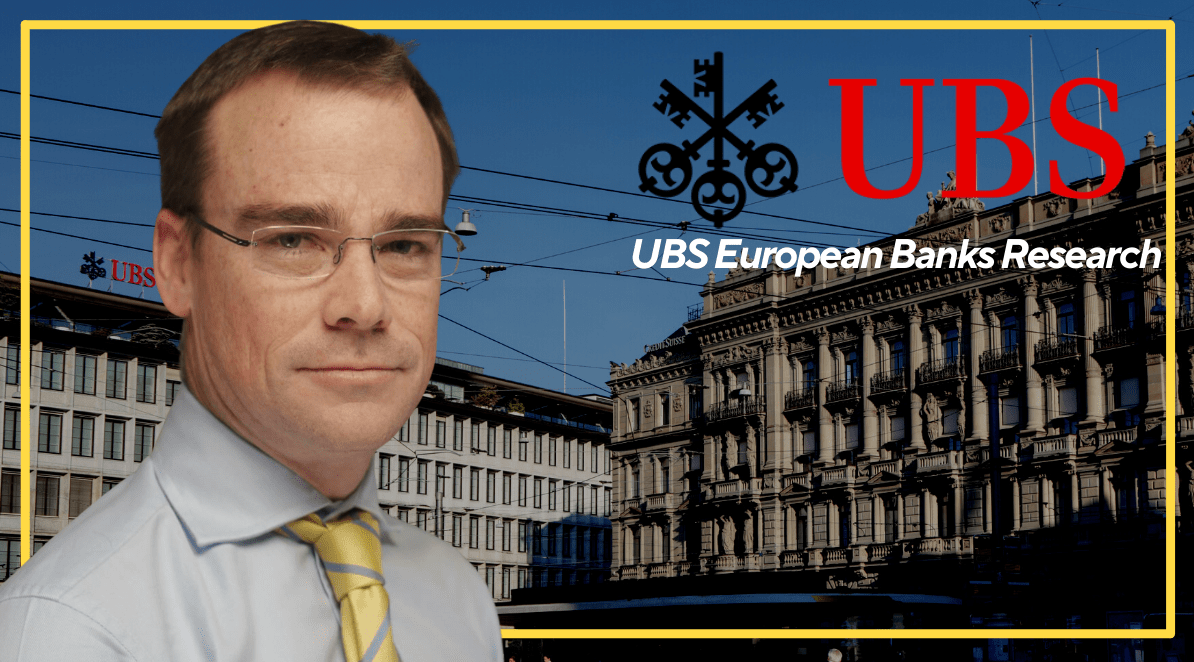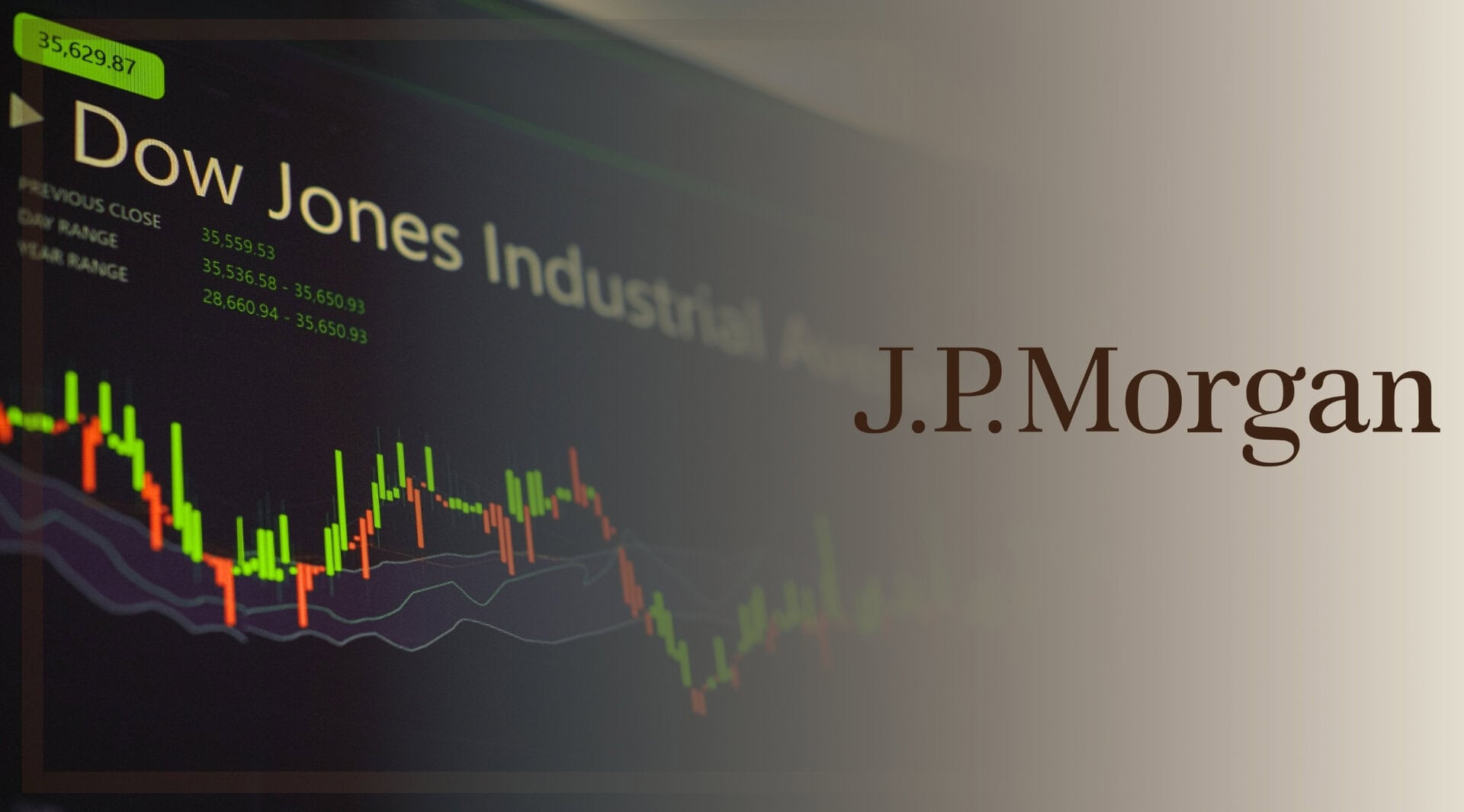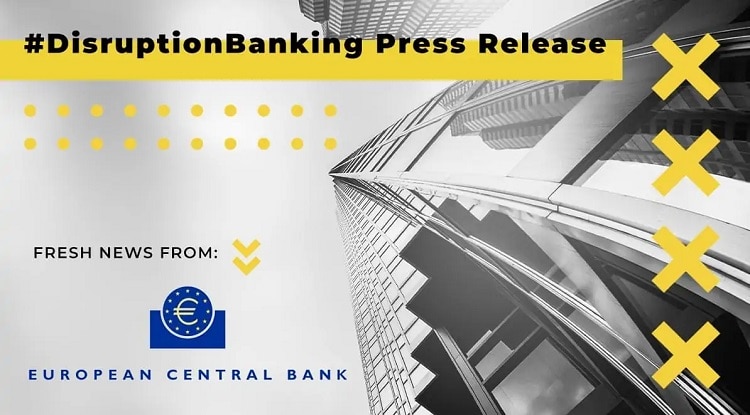DisruptionBanking regulars will recall that last month we spoke to UBS Global Research to talk about some of the most pressing questions on the minds of UBS’ clients in the banking and financial services sector. UBS’ “Question Bank” is “the largest global database of market-related questions asked by professional investors” and “helps professionals in different parts of UBS to identify the most important debates in a timelier, client-centric and scientific way.” The findings of the bank’s Global Research team highlighted that clients are concerned about a broad range of issues: from how companies’ ESG credentials are to be measured, to how the default cycle is to be normalised. The “Question Bank” particularly underscored clients’ concerns about how economies, on a macroeconomic level, are to emerge from the pandemic.
"The findings of @UBS Global Research are compelling. They reflect the major concerns of their clients as global economies emerge tentatively from the disruption of the pandemic."#UBS #AssetManagement #DigitalBanking #Blockchain https://t.co/l0VdxtBW5D
— #DisruptionBanking (@DisruptionBank) August 13, 2021
To build on some of the issues we touched on there, we recently followed up with Jason Napier, Head of European Banks Research at UBS. In this role, Jason specialises in covering UK banking institutions. We spoke to Jason about how he sees the banking sector emerging from the Covid-19 crisis and what the key drivers of growth in this space could be in the months and years ahead.
Jason believes that, following the drastic contractions in global GDP we saw as a result of the lockdowns that heavily restricted almost all forms of economic activity, growth is set to bounce back globally as societies reopen and consumption patterns normalise. This should further reinforce the strong performance of banks we have – perhaps unexpectedly – seen during the latter end of the pandemic:
“As a firm we are expecting a period of very strong GDP growth globally. Of course, everybody accepts the downside risks around Covid and particularly potential mutations of the coronavirus. But the base case is one in which economies continue to expand fairly rapidly and bond yields start to rise. The banking sector has been producing far higher profits towards the end of the crisis than anyone had expected and we expect that to continue. In the UK context, we like Barclays, for example, and other banks such as Lloyds that are attractively valued in the near term and are set to pay very attractive dividends.”
Lloyds Bank profits surge after reversal of loan loss provisions https://t.co/03Z9a5DuHU
— Financial Times (@FT) April 28, 2021
That banks like Barclays are on such a sound footing as the world emerges from the crisis is largely a result of government monetary and fiscal support. As Jason pointed out to us, looking at the most recent set of results in Europe shows that the banking sector produced second quarter profits that were 34% higher than the market had expected. 90% of banks produced more income than had been predicted. This may seem surprising given the extent of the economic turbulence we have experienced in the last eighteen months. But as Jason explained:
“The biggest driver has been the fact that we’ve seen far fewer defaults than might have been expected. We have fewer loans in default as a proportion of the book than at the end of 2019, before Covid emerged as a macro risk. A stunning outcome.”
Huge levels of stimulus and monetary support in the UK and across the world is certainly one reason why this has been the case. Governments have, in Jason’s words, “very successfully” provided companies with guaranteed loans and working capital to ensure defaults levels were reduced. £80 billion was distributed, under this guaranteed lending scheme, in the UK alone. The hope is that this funding will “allow businesses which aren’t viable in current trading conditions to bridge to a more normal macroeconomic environment in which they will be able to operate profitably and recover financially.” Individual consumers, too, benefited from payment holidays which provided financial breathing room early on for some households. But besides from government support, Jason also believes that some lessons were learned from the 2008 financial crisis which meant financial institutions were better placed to deal with the latest downturn:
“Banks definitely have lower risk portfolios than they did going into the global financial crisis. With hindsight we now know that the banks were significantly undercapitalised relative to their risk profiles into the GFC. And so we’ve had fourteen years since then to tighten underwriting criteria, reduce credit risk and significantly improve the quantum and quality of bank capital. The overall result of all of these is a much lower risk bank sector, in our view.”
Many in this sector have expressed concern that the market may be in for a shock as stimulus packages are reduced and, ultimately, withdrawn. Both the Bank of England and the Federal Reserve are now talking openly about tapering. This is of concern to some in the private sector because cheap access to cash is what many companies need in order to sustain themselves during a difficult economic climate. Jason, however, suggested that the cost of credit will not increase significantly even if quantitative easing (QE) is reduced:
“The first thing that we expect in terms of the withdrawal of stimulus is the Fed to reduce QE and begin tapering. That is unlikely to have a radical impact on the overall cost of credit. We expect a material increase in ten year bond yields but do not expect that to significantly change debt servicing capacity in the private sector.
“Previously we needed greater provision of liquidity to meet a liquidity deficit which formed when everyone around the world really wanted more safety, more liquid assets, larger cash holdings. That liquidity deficit has been more than met, and so a reduction in those facilities makes sense, in our view.”
UK traders are now betting on 2 BOE rate hikes next year https://t.co/Uhf5r9v4Bm via @greg_ritchie @highisland pic.twitter.com/ZIiAMkQ3cx
— Zoe Schneeweiss (@ZSchneeweiss) September 15, 2021
The massive QE programmes launched in the UK and around the world have come at the cost of increased risk of inflation. UBS predicts “pretty significant inflation in the UK next year of around 2.6%, falling back to about 1.3% in 2023. We expect a 15 basis point hike in interest rates, and then nothing for a year. This would put the UK some distance ahead of the United States, for example, in the hiking cycle.”
Whilst many are concerned about the effect of inflation – particularly on savings and cost of living – banks are set to benefit from the corresponding increase in interest rates. “Banks are attractive,” Jason argues, “because they are one of the few business models around that – within reason of course – prefer higher interest rates.” This is because banks do not pay interest on around half of its deposit base.
In other words, they benefit from an increase in interest rates, the advantages of which they do not pass onto their clients:
“Most of its corporate loan book, and around 10% of its retail loan book will have a floating rate arrangement. So when interest rates go up, revenues go up, because banks will earn higher yields on loans, only part of which is passed to depositors.”
Inflation in the UK in August jumped faster in one month than at any time since the Bank of England gained independence to set interest rates https://t.co/RZLTRppyLN pic.twitter.com/wkNn0GVW5t
— Financial Times (@FinancialTimes) September 15, 2021
Even ignoring the potential for interest rate hikes, Jason points out that such stocks are only currently valued at 9.2 times next year’s profits, and may yield around 6%. They are inexpensive even in a time of ultra-low interest rates. Should interest rates increase, therefore, in response to higher inflation, they could prove to be undervalued still further.
What makes banking stocks even more attractive is that, in Jason’s opinion at least, they are also undervalued in relation to riskier assets. As the world emerges from the pandemic, risk appetite is increasing and investors are more prepared to look at higher-risk options. Increases in US Treasury ten-year bond yields are testament to that. But, for Jason, the valuation of higher quality banks is still sufficiently attractive that one does not need to court the additional risk of buying lower return or riskier lenders:
“Look at the valuation differential between higher-quality and riskier banks. It is such that we do not feel you have to go to riskier stocks. It is possible that we will look back in a year’s time and say “my goodness, the economy rebounded so nicely. We should have bought the highest risk available.” But in a world where quality stocks are not much more expensive than the high-risk ones – you buy the quality ones.”
Jason concluded by reiterating that his team’s base case forecast is suggestive of a strong period for corporate profits and dividends. A gradual return to “something approaching normal macroeconomic conditions” will be supportive for the performance of banking stocks, particularly if ultra-low rates are increased. Whilst notable downside risks remain, with the pandemic not yet fully behind us, it certainly seems that we could witness solid performance from the banking sector on the stock exchange.
Author: Harry Clynch
#UBS #UKBanking #Covid19 #GDP #BondYields #Barclays #Lloyds #DefaultCycle #Stimulus #Tapering #Inflation #InterestRates #Liquidity #DefaultCycle














